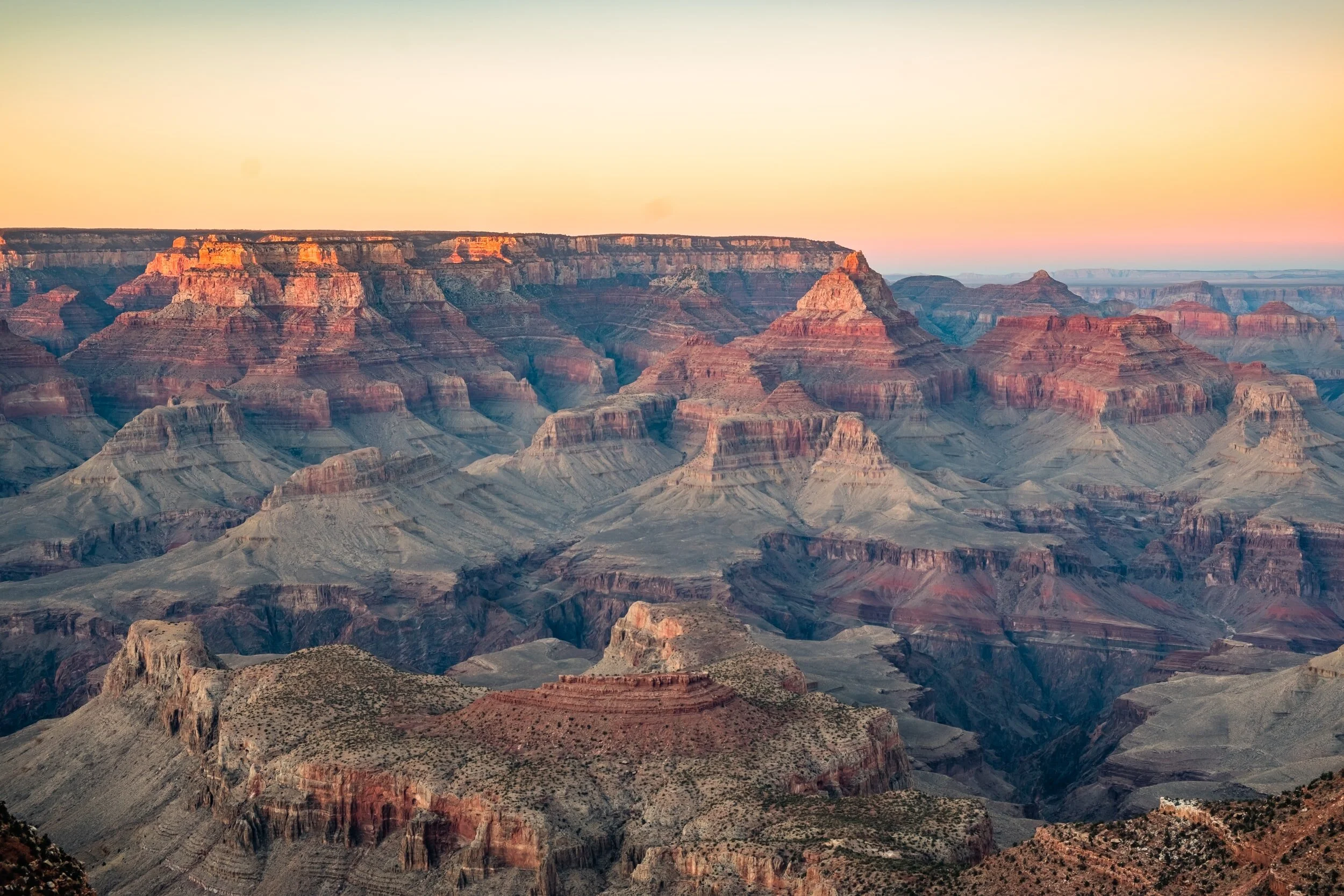A Field Guide To Loving
I didn’t want to meet Tim at first. I’d just been burned badly by a man who said we were exclusive, and then I found out he was dating around six women at the same time. I’d gone back on the dating apps more as an act of rebellion, an action to prove to myself that my horrible experience with Jeff wasn’t going to define my experience with dating and love. But I was leery. Oh, how I was leery.
I’d been divorced twice and had been dating for about two years. Everything about dating in your late forties is so different than dating in your twenties. Your body is different, the language is different, the expectations are different. Of course, the world is different. I felt lost.
Tim was different too. He didn’t outwardly flirt. Instead, we chatted about hiking, the meals we cooked, the food we made. He was something of a grill master. I was once on Netflix’s “Nailed It,” a show about bad bakers who try to be great. We started sharing pictures. Not of our aging bodies, or places we’d traveled. No, our flirtation began with pictures of mushrooms we’d found in the woods and around our homes.
“This one is a Wood Blewit, a Lepista Nuda.” He texted. “Not to be confused with a Cortinarius. This one is edible and has a suede texture. The Cortinarius in this picture is slimy. But to just look at them, they look pretty similar.”
“But purple? I’m not sure I want to eat something that’s purple.”
“Why not? Only one of them will kill you.”
That was the trick, though, wasn’t it? Knowing which one would kill you and which one was great sauteed in butter.
I showed him pictures of the Devil’s Stinkhorn, or Devil’s Phallus, I found while walking and asked him if he’d seen Dead Man’s Fingers, Xylaria polymorpha. He didn’t believe those were actual things, but I had the pictures to prove it: the Stinkhorn with its dripping cap, the fingers sprouting from the earth, gray and slightly shriveled, reaching out. We laughed, because nature is weird.
Mostly, we shared pictures of the morels (Morchella) or fresh oyster mushrooms (Pleurotus ostreatus) we’d found. We delighted in the surprise of walking into a dense woods and being able to attune your eyes so you see bounty and food instead of just foliage and dirt.
The photos continued. It was April so the woods were just waking up: the slender, spiral stalk of fiddlehead ferns, bare patches of earth sprinkled with snow, and the morels hiding just under the blanket of dead leaves. We both knew the difference between a true morel and a false one: the true morel has a hollow center and is delicious; the false morel has a spongy center and can cause gastrointestinal distress of varying levels.
When he asked me if I’d like to join him hiking, I readily agreed, but first, I wanted to meet him for breakfast. He was taller than I expected. Broader. He had a long beard that reached his chest, work-rough hands. Eyes that crinkled when he smiled. I was used to dating lawyers or computer specialists. This was a man who spent time outside, who knew how to split wood and fix cars. We could talk about ideas and emotions, but also the best way to build a fire, and what it's like to kayak in northern Michigan. We shared bacon and biscuits and grits. He brought chaga tea, and I sipped it carefully. It was so hot, it burned. It tasted like my garden; it tasted like the earth.
I fell in love with him over the next few months. It was graceful, the way that Trillium grow in the early spring and slowly unfurl their slender green leaves, then bloom into white flowers. I think if only I’d had a field guide to dating, like the mushroom book I carry in my purse, I’d have known ages ago which relationships were good for me, which ones were poisonous, which ones would seem good but cause wicked hallucinations. I wish I’d known before the end of my second marriage, before I even said I Do (twice), to know the difference between true love and false love.
I never knew what love was. Not really. I knew enough about what it looked like, but I didn’t have the specifics. On the surface, I could say that I felt love for someone or from someone, but I couldn’t tell you the texture of that love. If it had gills or folds. The relationships I’d grown up seeing were tormented; the relationships I’d experienced were the same. When all you’ve ever eaten are button mushrooms, you don’t know the depth and complexity the sauteed morel can offer. You don’t know until you do. And now I do.
Love isn’t something you fight for. It’s just something that is.
If love were like mushrooms, I’d have learned long ago that I was feasting on love that looked good, but was bad for me. I’d thought the relationships I was in were Wood Blewitts with suede surfaces, soft and supple to the touch, but they were really Corinarius, slightly slimy, potentially poisonous.
You can’t know what you don’t know, and you can’t learn until you do.
We went to the woods together on our next date. He gave me a mushroom knife, serrated, with a brush on the end. “I wasn’t sure if you already had one, but it’s nice to have the right tools.”
The right tools, the right environment, in loving are everything. Can you tend to each other, support the other? Can you treat your love with kindness? Are there moments of passion or want? Can you be quiet together? Can you laugh?
A month later, in high spring, Tim held out his hand to help me over a fallen oak tree. We had spent enough time with each other by then to trust each other. We’d studied enough of the woods to begin to see the bounty it was offering. We both took a closer look at the fallen oak to see if any oyster mushrooms were fanning out along its length, or if maitake were clumped together at the base. When he held my hand, I steadied and made it over the tree.
“Look,” he said, and pointed to a stump.
“Pheasant Back,” I said, noting the shelf mushrooms clutching to the dead elm, the mushrooms with the telltale pattern and brown colors like pheasant feathers. In the short time I’d known Tim, I had learned to name a dozen wild mushrooms that were safe to consume, and I had learned that loving someone is easy. I didn’t have to beg for attention or time. Tim gave me these things because he wanted to, and I returned the love to him.
We didn’t find morels in the woods that time, but we harvested fresh ramps, digging their bulbs out from the moist earth, wiping them free from dirt. We’d pickle the bulbs, make salad from the leaves. Not everything edible in the woods is a mushroom. There are berries and flowers and herbs. There’s an entire world that we are discovering, just like we are discovering an entire world with each other and what it means to share a love that is life-giving and not toxic.
Of course, there isn’t a field guide to loving, and you can’t know all the answers you need to know by studying a thing. You have to live with it. You have to hold love in your palm, turn it over, study it, and when you’re ready, when you know it’s safe, you can let that mushroom feed you.
I am almost fifty and it has taken me this long to find a true love that feeds my spirit and my hunger. Along the way I’ve encountered relationships that hurt, that were fun, that were wild and exotic, but nothing has been as satisfying as this relationship. Tim and I are still learning. We are learning to identify the endless assortment of wild and growing things, but we don’t need to identify who we are to each other anymore. We know. We know what a true love is. We’re living it.
-Tanya Eby
Tanya Eby is an award winning audiobook narrator of over 1,000 titles and a USA Today Bestselling writer of the romcom series MAN HANDS with Sarina Bowen. She is currently working on her memoir of starting over.
















